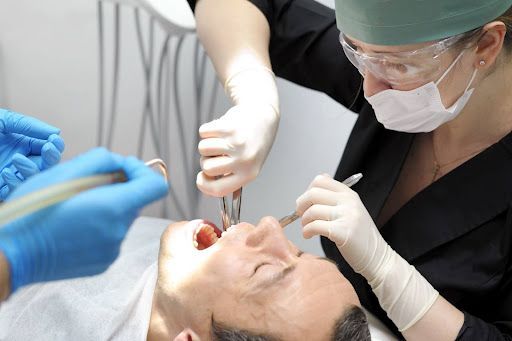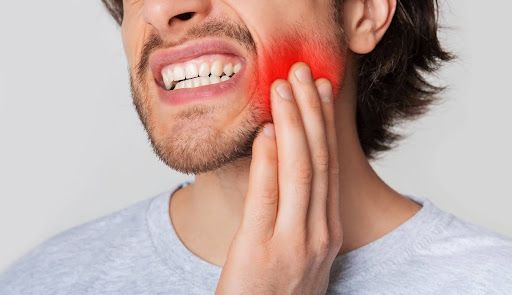Fluoride Treatments for Kids
November 20, 2013
Often oral hygiene is not the first thing on a child’s mind and brushing their teeth is the last thing they want to do. These are reasons why fluoride is one of the best things to help keep kids teeth healthy. Fluoride is a simple way to strengthen teeth and prevent decay in both children and adults.
How Does Fluoride Work?
As bacteria in your child’s mouth metabolize sugar, they produce acid (increasing the pH) which eats away at their enamel causing demineralization. The saliva in your child’s mouth naturally works to reduce the pH and to remineralize their teeth. Fluoride works with the minerals in their saliva to create fluoroapitite which is a very hard crystalline structure.
This fluoroapitite replaces the hydroxyapatite that is lost during the demineralization. Introducing fluoride into your child’s mouth by using toothpaste and a fluoride rinse increases the amount of fluoride available to be used to remineralize and strengthen their teeth.
Fluoride Trays
One method for the application of fluoride at the dental office is by placing neutral fluoride foam in trays and then having the patient sit with the trays in their mouth for a period of time. This method provides a more concentrated amount of fluoride to your child’s teeth and makes it readily available to work with their saliva to remineralize their teeth.
Using fluoride trays allows the fluoride to sit on your child’s teeth and mix with their saliva, however once the trays are removed the fluoride is easily removed. This is the reason why your hygienist will ask you to ensure that your child does not eat or drink for at least half an hour after their fluoride application.
Fluoride Varnish
A second method, and the one that we use most at our Evanston dental office, is fluoride varnish. The fluoride is painted on your child’s teeth and sets very quickly. This method has a higher concentration of fluoride than the trays. Varnish allows the fluoride to stay where it is most needed – on the teeth. The uptake of fluoride from fluoride varnish is much higher than with trays.
As with trays, after a varnish application your child’s hygienist will recommend that they not eat or drink for the first half hour to ensure that the varnish has completely set and to wait to brush your teeth for 2-4 hours. This allows the fluoride to remain on your teeth for a longer period of time increasing the length of time that it is available to work with your saliva to remineralize your teeth.
At-home Fluoride
You can help your children strengthen their teeth at home by encouraging them to use over-the-counter fluoride products. Using fluoride toothpaste is a good first step, but as we stated earlier sometimes kids aren’t the best brushers. To aid in prevention add a fluoride mouth rinse to their oral hygiene routine. Encourage your children to use the fluoride rinse once a day to increase the amount of fluoride available to strengthen their enamel. It is best to use the fluoride rinse before bed as you shouldn’t eat or drink after using it for about 30 minutes.
Combined with other preventative measures, using fluoride rinses and fluoride treatments can protect your teeth from decay and help you and your children keep your teeth for longer. Check with our Evanston dentists to find out which would be the best method of fluoride application for you.
The post Fluoride Treatments for Kids appeared first on Stephens Dentistry.







